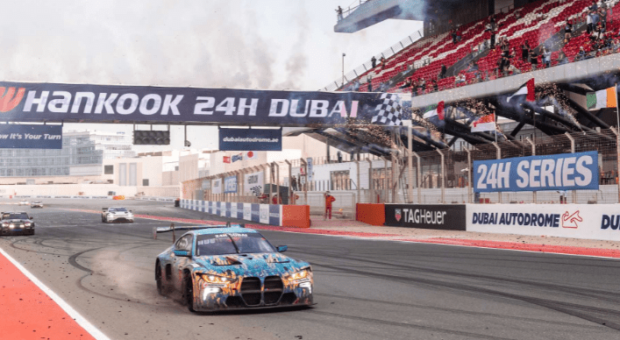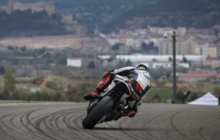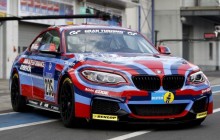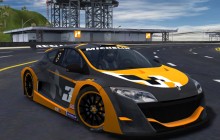
Rally racing stands as one of the most grueling and diverse tests of automotive engineering prowess. From the unforgiving switchbacks of Monte Carlo to the dusty trails of the Safari Rally, the engines that power these rally cars are as varied as the terrains they conquer. This post dives into the heart of rally racing’s mechanical beasts, comparing some of the best rally engines that have left an indelible mark on the sport.
The Evolution of Rally Powerhouses
The world of rally racing has seen a fascinating evolution of engine technology. From naturally aspirated powerhouses to sophisticated turbocharged units, the quest for the perfect balance of power, reliability, and adaptability has led to some remarkable innovations.
The Naturally Aspirated Titans
1. Ford Cosworth BDA/BDG – The Classic Warrior The Ford Cosworth BDA engine, particularly in its later BDG iteration, is a legend in the rallying world. A naturally aspirated 2.0-liter engine, it was known for its high-revving character and the distinct, raw sound that could only come from a bygone era of racing.
- Pros: The BDA/BDG’s reliability and the high power output relative to its era were unmatched. Its mechanical simplicity compared to today’s engines meant easier on-field repairs.
- Cons: By modern standards, the naturally aspirated engine lacks the low-end torque and immediate response provided by turbocharged counterparts.
The Turbocharged Revolution
2. Audi 2.1L Inline-5 Turbo – The Game Changer The Audi Quattro’s 2.1-liter turbocharged inline-five engine revolutionized rally racing in the early 1980s. It introduced the power and traction advantages of four-wheel drive combined with turbocharging.
- Pros: The engine’s immense power output and the turbo’s capability to work effectively at various altitudes made it a formidable opponent. It also set the stage for the turbocharged, AWD future of rally racing.
- Cons: Turbo lag was a notable drawback, with a noticeable delay in power delivery that drivers had to manage.
3. Subaru EJ20 – The Boxer Beat Subaru’s EJ20 engine, with its distinctive boxer layout, powered the iconic Impreza WRX STI. A 2.0-liter turbocharged unit, it was a marvel of balance and power, making the Subaru a dominant force in the 1990s and early 2000s.
- Pros: The boxer engine’s low center of gravity improved handling, while the turbocharger ensured competitive power output. Its reliability in the harsh conditions of rally racing was also a significant advantage.
- Cons: Compared to newer engines, the EJ20’s fuel efficiency and emissions output are less favorable.
The Modern-Day Contenders
4. Toyota GR Yaris’s G16E-GTS – The Compact Powerhouse The Toyota GR Yaris, with its G16E-GTS engine, represents the pinnacle of modern rally-inspired road car engineering. This 1.6-liter turbocharged three-cylinder engine packs a surprising punch, demonstrating the advancements in downsizing and efficiency.
- Pros: Exceptional power-to-weight ratio and remarkable efficiency. Its compact size allows for a more balanced vehicle design.
- Cons: The three-cylinder configuration, while efficient, doesn’t deliver the same auditory experience as the larger, more traditional rally engines.
Conclusion: The Heartbeat of Rally Racing
The engines that have powered rally cars through the decades tell a story of innovation, adaptation, and the relentless pursuit of performance. From the raw, unfiltered power of the Ford Cosworth BDA/BDG to the sophisticated, efficient engineering of the Toyota G16E-GTS, each engine has contributed to the rich tapestry of rally racing’s history. Whether through the scream of a naturally aspirated engine or the whistle of a turbocharger, the heart of rally racing beats on, driven by these remarkable powerhouses.





